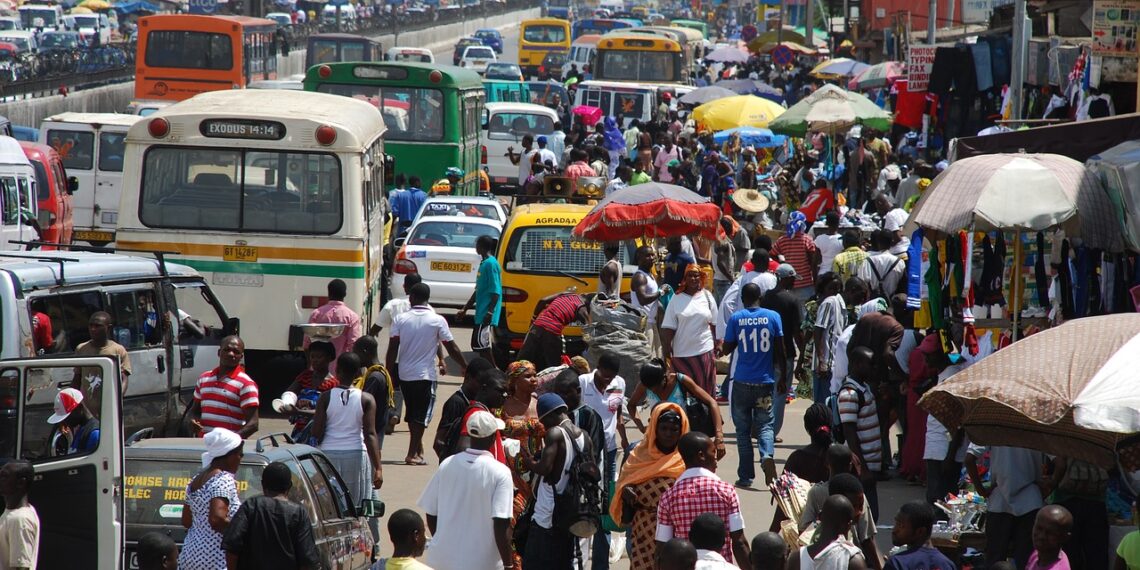Ghana’s national unemployment rate declined to 13.6 percent at the end of 2024, down from 14.6 percent in 2023, according to new data from the Ghana Statistical Service (GSS). The one-percentage point drop reflects a modest improvement in the labour market.
The figures, captured in the Annual Household Income and Expenditure Survey (Fourth Quarter Labour Statistics 2024), show that despite overall gains, youth unemployment remains stubbornly high at 22.5 percent among those aged 15 to 35, underscoring the difficulties first-time job seekers and graduates continue to face.
The report paints a mixed picture; Total employment reached 12.73 million people in Q4 2024, an increase of 1.15 million compared to the same period in 2023.
However, the number of unemployed persons also rose by around 200,000 year-on-year, suggesting that labour-force growth continues to outpace job creation.
Gender trends were also notable; Female employment consistently exceeded male employment throughout 2024, with the gap widening from about 632,000 in Q1 2022 to 1.12 million by Q4 2024, indicating stronger labour participation and job growth for women in absolute terms.
Still, the GSS highlighted ongoing disparities in unemployment and underemployment across sex and locality, pointing to uneven access to stable, formal work. The report further flagged high levels of NEET (youth not in employment, education, or training) as a major driver of exclusion and long-term labour underutilisation in the country.


















